The Tanagers are a family of songbirds that live primarily in South America. This Thraupidae, family contains a wide variety of species across many different taxonomic genuses. Some of the different types of birds in the family include finches, grassquits, seedeaters, honeycreepers, and more. Read on to learn about the Tanager.
Description of the Tanager
These birds vary widely in plumage and shape, but are generally quite small and colorful. The smallest are just four inches long, while the largest are nearly a foot long. Their bills vary in shape and size based on their diet.
Some species of Tanagers have short, thick beaks to crack open seeds. Other species have longer, curved bills to forage for nectar in flowers. Some of their different plumage colors include green, yellow, blue, red, black, white, orange, and more.
Interesting Facts About the Tanager
There are many different species in the Tanager family, each with their own unique behaviors and adaptations. Learn more about some of the different species below.
- Grass-Green Tanager – The Green Honeycreeper is a beautiful green bird with bright red cheeks. Like their name suggests, grass-green tanagers are the color of green grass, rather than army green or forest green. These little birds live along the Andes Mountains in South America.
- Scarlet Tanager – The Scarlet is a striking bright red color. This species lives throughout the eastern United States, southeastern Canada, the eastern coast of Mexico and Central America. They are social little birds, and frequently feed alongside other species.
- Darwin’s Finches – Though not an individual species, this group of finches holds some notoriety. Charles Darwin studied and collected these finches in the Galapagos Islands. The finches in the Galapagos are a key factor in Darwin’s eventual development of the theory of evolution.
Habitat of the Tanager
These little birds live in an incredibly wide array of habitats. Some species of Tanagers live in pine forests and woodlands, other species live in wetlands, and swamps. The different species also range into more urban habitats, like farms, pastures, parks, gardens, suburbs, and even cities.
South American species often live in rainforest, and many species live within the Andes Mountain range. These birds live in a diverse range of ecosystems.
Distribution of the Tanager
Different Tanagers have different distributions. Some species live over incredibly wide ranges, while others inhabit just a small area. In North America, some Tanagers live as far north as Canada.
Different species range throughout North America, into Central and South America. The greatest diversity of species lives in South America, though many species live in the Andes Mountain range.
Diet of the Tanager
As discussed above, different species of Tanagers have different shaped bills. These bills allow them to utilize certain food sources, based on the shape of the bill. Short, thick bills have the power to crack hard seeds, while long, narrow bills can grab insects or reach nectar and fruit with precision.
Because of this, these birds have an incredibly varied diet as a whole. Some are omnivores, some are frugivores, and some are insectivores.
Tanager and Human Interaction
Human impact on Tanager populations varies drastically from species to species. Some species, like those in rainforest or mountainous regions, are more impacted by habitat destruction and urbanization than others. Conversely, some species do well in urban areas, and eat from backyard bird feeders.
Each individual species is at a different level of risk, the IUCN assesses some species as Least Concern, and others at higher levels of danger.
Domestication
Humans have not domesticated Tanagers in any way.
Does the Tanager Make a Good Pet
No, Tanagers do not make good pets. Though they are beautiful birds, they do not do well in a household setting. In many places, it is illegal to own one as a pet.
Tanager Care
These birds’ care varies drastically from species to species. Zoos design enclosures based on their wild habitat, as should diet. Most species fare well in an aviary style enclosure, and live with other species of birds.
Zookeepers feed them anything from fruits, berries, seeds, and nuts, to crickets, mealworms, pelleted insectivore diet, and even small mammals. Especially with threatened species, captive breeding programs are important to ensure the survival of the species.
Behavior of the Tanager
The behavior of these birds varies based on the species as well. Many species of these birds are social, and live in flocks of varying sizes. However, most Tanager flocks contain between three and five individuals.
They are mostly diurnal, or active during the day. These birds usually spend their time foraging for food along the ground, or in the trees and shrubs. Though they are songbirds, most do not have elaborate vocalizations.
Reproduction of the Tanager
Reproductive behavior varies drastically from species to species. Many species construct cup-like nests to lay their eggs in. Most females lay between three and five eggs per clutch.
The incubation time varies from species to species, and females usually take all the incubation duties. In a few species, the young from the previous clutch help feed the new babies.

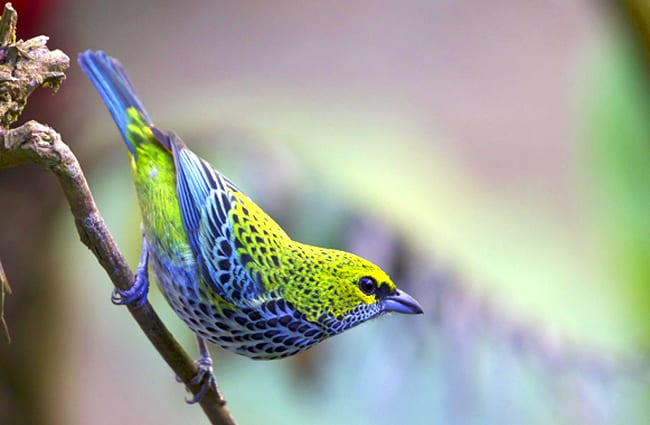
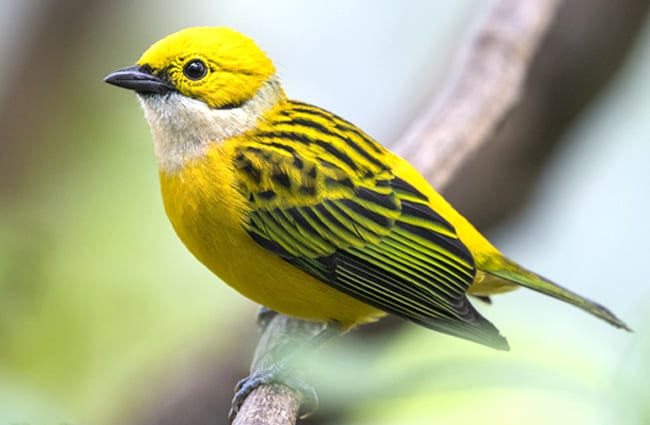
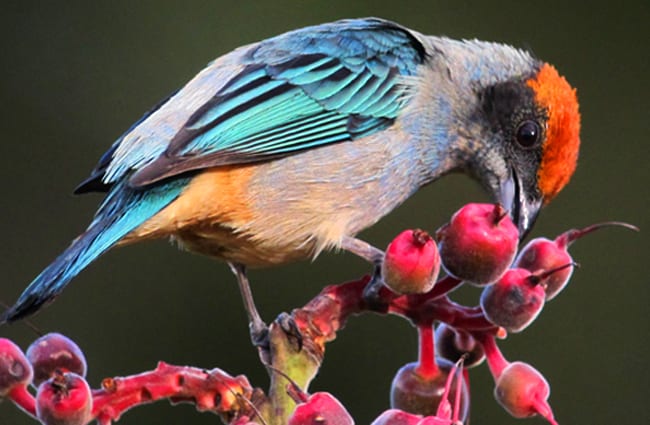
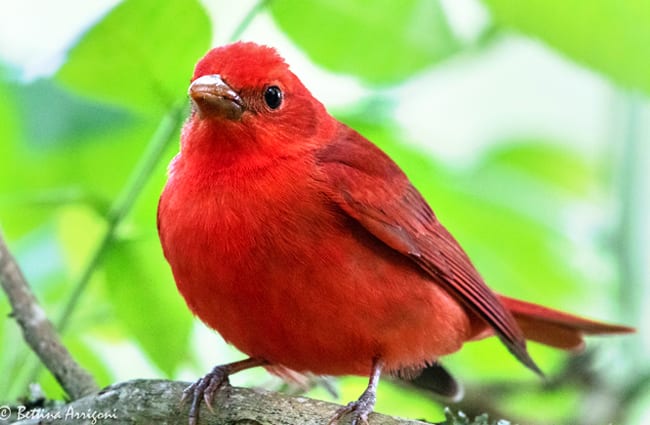
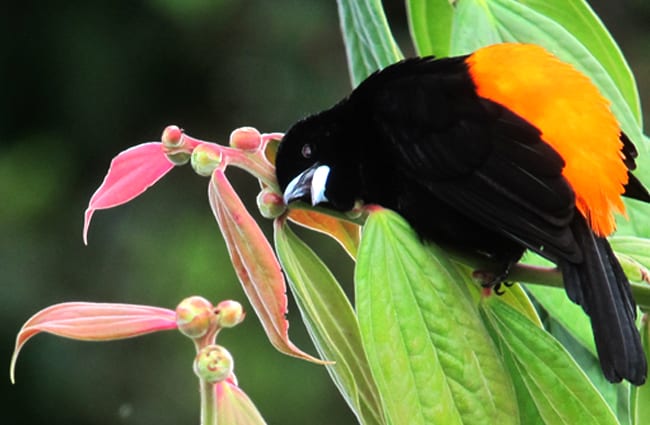

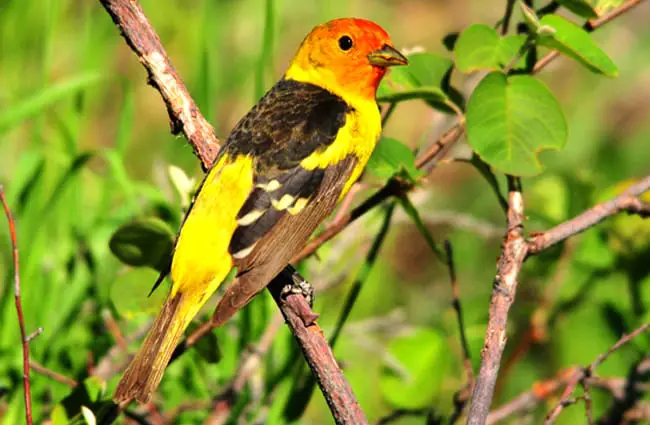
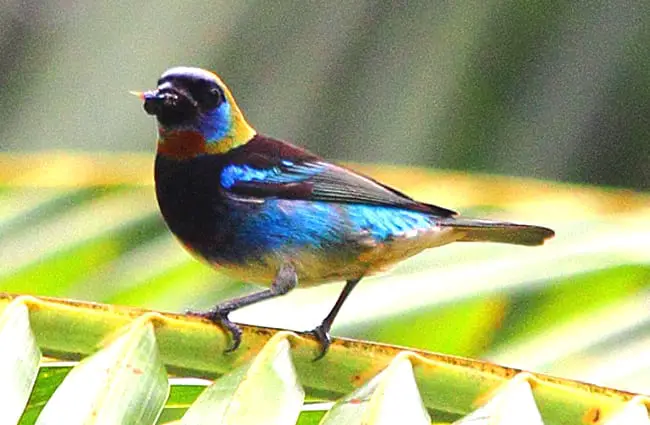
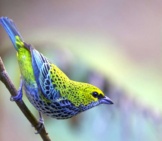

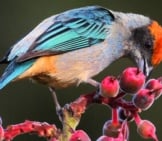
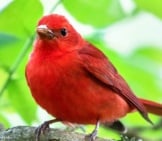

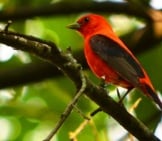
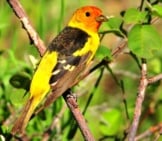

![Red Angus Closeup of a beautiful Red Angus cowPhoto by: U.S. Department of Agriculture [pubic domain]https://creativecommons.org/licenses/by/2.0/](https://animals.net/wp-content/uploads/2020/03/Red-Angus-4-238x178.jpg)












![Red Angus Closeup of a beautiful Red Angus cowPhoto by: U.S. Department of Agriculture [pubic domain]https://creativecommons.org/licenses/by/2.0/](https://animals.net/wp-content/uploads/2020/03/Red-Angus-4-100x75.jpg)

